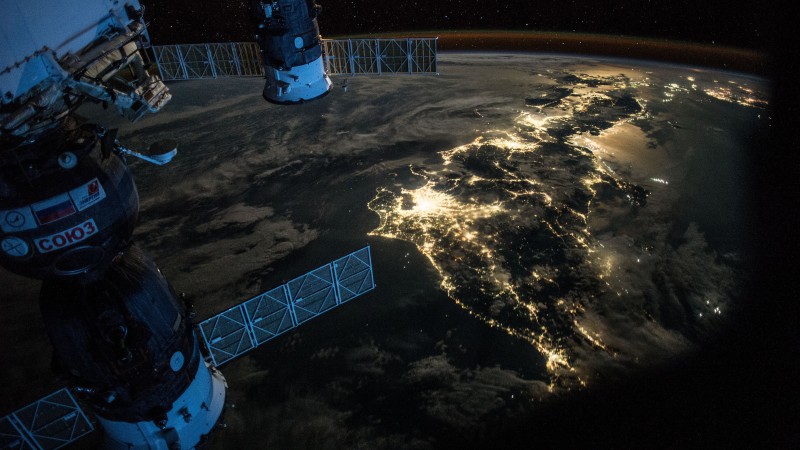Are his eyes and bones okay? Did he really get taller than his twin brother? And what about that personal journal he promised to keep during his mission — will he share all?
NASA astronaut Scott Kelly is almost done with his nearly year-long stint on the International Space Station — that’s the longest any U.S. astronaut has stayed in space.
‘Feel like I’ve lived my whole life up here’
He told CNN’s Dr. Sanjay Gupta, it feels like he’s spent his whole life on the station and that leaving it is going to be tough.
“I’ll probably never see it again,” Kelly told Gupta. “I’ve flown in space four times now, so it’s going to be hard in that respect, but I certainly look forward to going back to Earth. I’ve been up here for a really long time and sometimes, when I think about it, I feel like I’ve lived my whole life up here.”
Now it’s time to find out how he fared — and how he’ll adapt to being back on Earth. On Thursday, he’ll hold his last briefing with reporters from orbit before heading home next week.
A year ago, before he launched, Kelly, 51, joked that he would be taller than his twin brother, former astronaut Mark Kelly (the husband of former Rep. Gabrielle Giffords), when he returns because you get a bit taller in space. At least briefly.
“You do grow when you’re up there for a long time,” Kelly said last year. “Unfortunately it doesn’t last.”
But did he really get taller than his brother? Though he’s no longer an astronaut, Mark Kelly volunteered to take part in NASA’s “Twins Study” with his brother. NASA wants to see how the identical twins measure up after a year in two very different environments — Scott in space and Mark on Earth.
Staying in contact
Kelly also said he would spend a lot of time talking to people on Earth, messaging on social media — and he did. He shared many pictures on Twitter taken from his perch about 200 miles above Earth. (By the way, you can see the space station fly over if you know when and where to look.)
In a recent interview from orbit, Kelly told Gupta that the Earth’s atmosphere ‘looks very, very fragile’ from the space station.
“When you look at the … atmosphere on the limb of the Earth, I wouldn’t say it looks unhealthy, but it definitely looks very, very fragile and just kind of like this thin film, so it looks like something that we definitely need to take care of,” Kelly said.
Kelly also promised to keep a personal journal of his experience on the space station and said that he might share it with us.
“I plan to be completely honest about it,” he said before launch, but … “who knows, maybe there are some crazy thoughts I’ll have at the end that I wouldn’t want to share.”
Kelly also did experiments. Lots and lots of experiments. He and his one-year crewmate, Russian cosmonaut Mikhail Kornienko, conducted studies to help NASA better understand what happens to the human body in space: The eyes, brain, bones, muscles — they all change in a weightless environment.
NASA needs to know a lot more about these changes to the body before it can send people to Mars or on any other long spaceflights.
Riding home with the Russians
Kelly launched on his mission to the space station on March 27, 2015 — riding a Russian rocket that launched from the Baikonur Cosmodrome in Kazakhstan.
He’ll come home much the same way on Tuesday — riding back to Earth on a Russian Soyuz spacecraft. He’s scheduled to land in the Kazakhstan desert at 11:27 p.m. ET Tuesday (10:27 a.m. Kazakhstan time on March 2).
When his mission ends, Kelly will have spent 340 consecutive days on the space station and a total of 520 days in space counting his time from previous trips. Both are records for U.S. astronauts, but not for Russia. Between 1987 and 1995, four cosmonauts spent a year or more in space.
Kornienko also will come back Tuesday and cosmonaut Sergey Volkov will be on the flight — though he did not spend a year on the space station.
After Kelly lands, he’ll be flown to Houston’s Ellington Field on Wednesday, March 2. But his mission doesn’t end there. NASA will spend years analyzing the tests he conducted on board.
